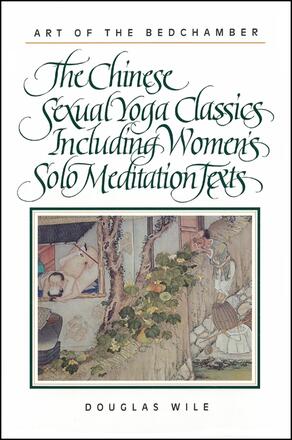
Art of the Bedchamber
The Chinese Sexual Yoga Classics Including Women's Solo Meditation Texts
Alternative formats available from:
Description
This is the first comprehensive anthology of the Chinese sexology classics, the world's oldest and most advanced tradition of sexual yoga. While remaining accessible to the general reader, the translation of these texts, most never before translated in toto and some only recently unearthed in China, sets new standards of accuracy and scholarly felicity.
Douglas Wile is Associate Professor of Chinese Language and Literature at Brooklyn College.
Reviews
"This is a comprehensive anthology and beautiful translation of over two millenia of Chinese treatises on the use and practice of sexual intercourse. The author has done a magnificent job of collecting materials. Because many of the texts have a quasi-legendary status, they must be reconstructed from citations in later authors. Furthermore, there have been a raft of Chinese sexologists in the last century who have scurrilously misquoted, abstracted, combined, and otherwise made a mishmash of materials. Wile has superbly sorted these things out to provide clear texts that make sense, and he has recorded the reasons for his decisions in notes.
"The long introduction is the most beautifully written 'review of sources' I have ever read. The writer's humor as well as easy erudition help. Not only does he explain the background of the texts, he analyzes their continuities, and divergences, and applies a thoroughly historical understanding to the development of Chinese sexology. This introduction alone establishes Wile as a major voice in religious studies. Sexology is a branch of religious studies when it is treated as the Taoists do as a means to immortality and perfected relations with the cosmos. " — Robert C. Neville, Boston University
"I am very impressed with the author's scholarship and expertise as well as with his deep and true insights into the nature of Chinese culture. Far too long has Taoism been considered a bullwark of feminism in ancient China, an idea which proves erroneous as soon as one takes the trouble to really look at the texts. This book is fascinating and absolutely wonderful to read. " — Livia Kohn, Boston University